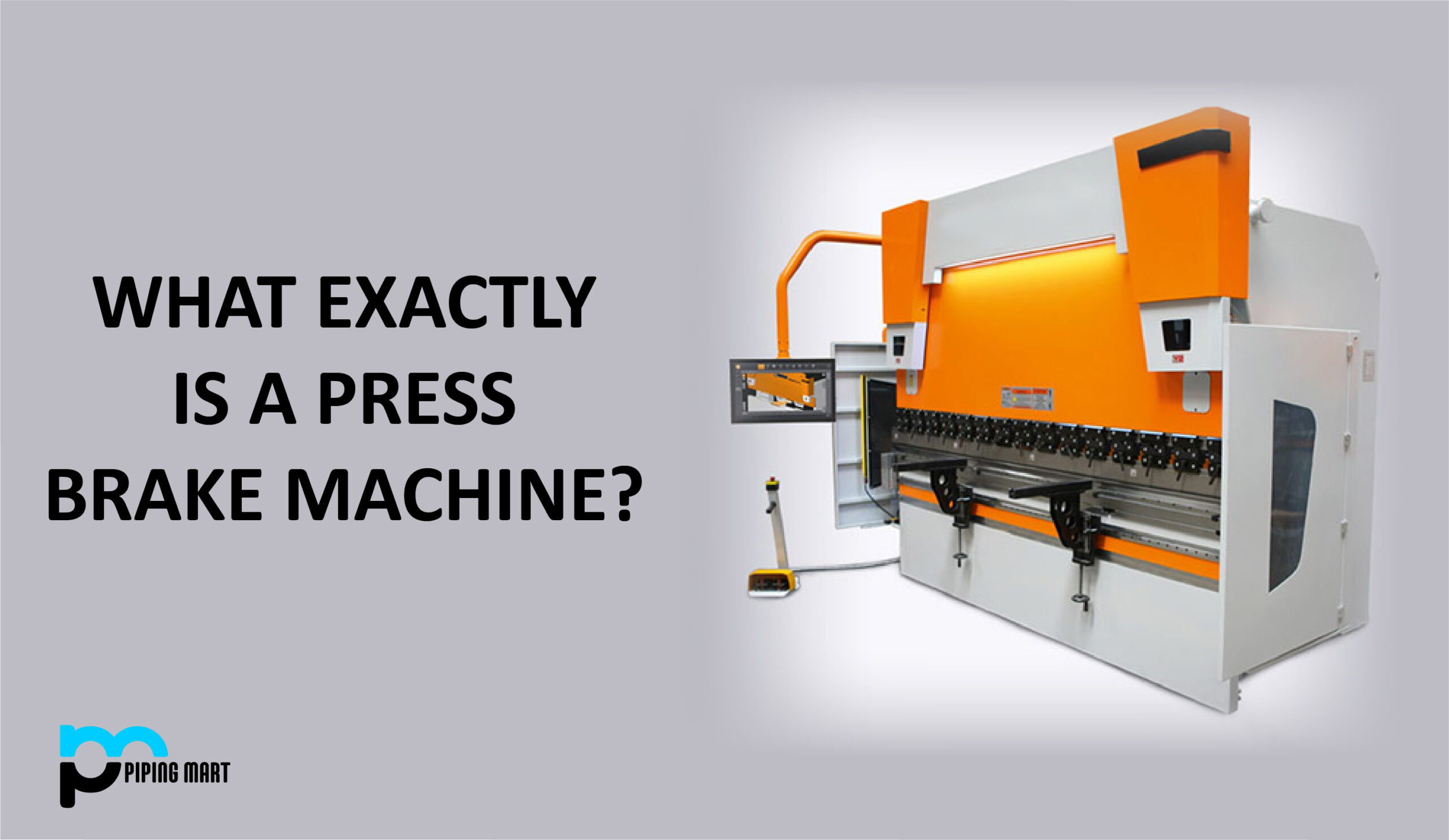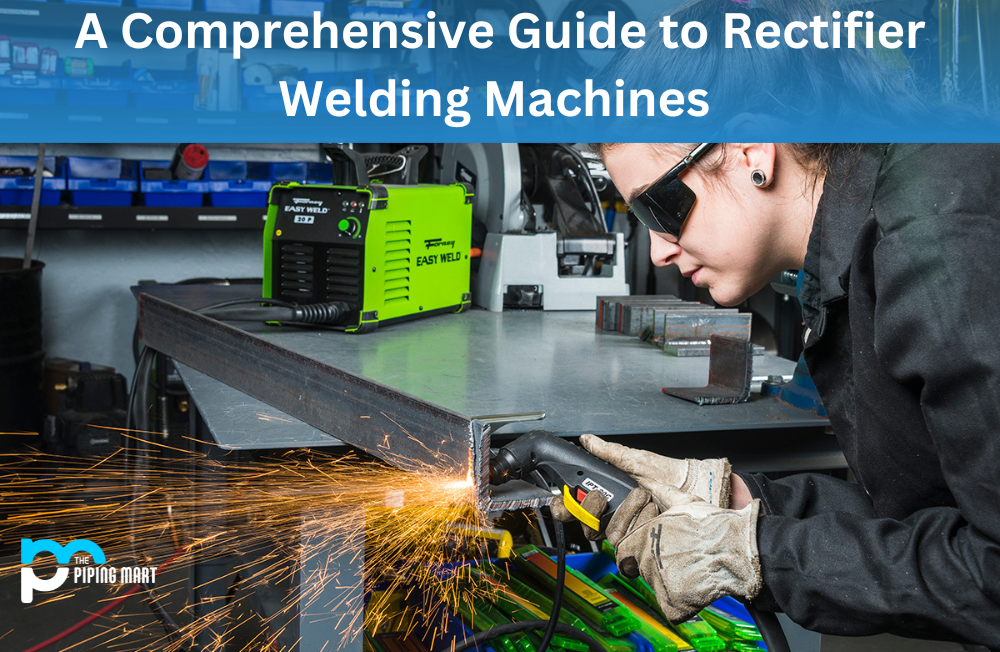Being highly ductile means that metals bend before they shatter, which is one of the advantages of many different types of metal. Due to their ductility, they can be molded into specific shapes and sizes. Metals are adaptable because flat sheets of metal frequently need to be bent into usable forms. The press brake is one of the most popular shaping tools that may be used for this.
What is a press brake?
An item of manufacturing machinery called a press brake is used to bend sheet metal. A press brake is typically long and thin so that it can bend big sheets of metal. A press brake can bend metal by lowering a punch onto sheet metal that is set up on top of a die. A press brake can bend the metal numerous times to get the desired shape.
What types of press brakes are there?
The punch must be lowered onto the sheet metal using various techniques to exert the necessary force to bend the metal. Hydraulic, pneumatic, electric, and mechanical force application techniques are all possible. The name of a press brake frequently includes how that force is applied (e.g., hydraulic press brake, servo-electric press brake).
Press brakes can deliver a range of forces as well. This is referred to as the tonnage on a press brake; it is a measurement of how many tonnes of force the press brake is capable of producing. Pneumatic and servo-electric presses generate less force than hydraulic presses, which are typically employed to achieve very high forces.
The speeds and accuracy of the various press brake types vary as well. The most accurate press brake will often be a servo-electric one. Press pneumatic or servo-electric press brakes are frequently quicker than hydraulic or mechanical ones.
Things to consider when bending metal using a press brake
Metals of all kinds can be bent in a wide range of ways using press brakes. The metal being bent, the die, the punch, and the bending force must all be considered while setting up a bending operation.
Due to the various physical characteristics of different metals, it is crucial to comprehend the metal type. For instance, due to the variations in ductility and strength, high-carbon steel will often be less bendable by a press brake than many aluminum alloys. There is typically a specified minimum bend radius for metals that can be bent without harming the material.
The press brake’s punch and die both significantly influence the bending procedure. The metal is laid on top of a hollow piece of material called the die before it is bent. It is made of a highly sturdy, rigid substance that resembles the desired contour of bent metal. A solid object called the punch is lowered onto the metal. Both shapes must be precisely suited to the bending job since the metal bends due to the pressing action of the punch and die on the metal. The size and shape of the punches and dies determine the proper metal shape after a press brake operation. In most cases, the dies and the punches are easily interchangeable to handle various jobs.
Typical press brake applications
- Vehicle panels
- Airframes
- Metal-framed furniture
- Cans made of aluminum
- Numerous other sheet metal forming applications

Pipingmart is B2B portal specializes in industrial, metal and piping products. Also, share latest information and news related to products, materials and different types grades to help business dealing in this industry.




